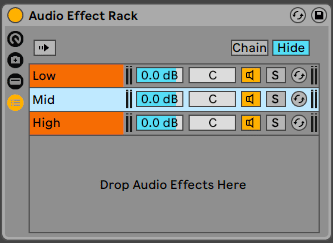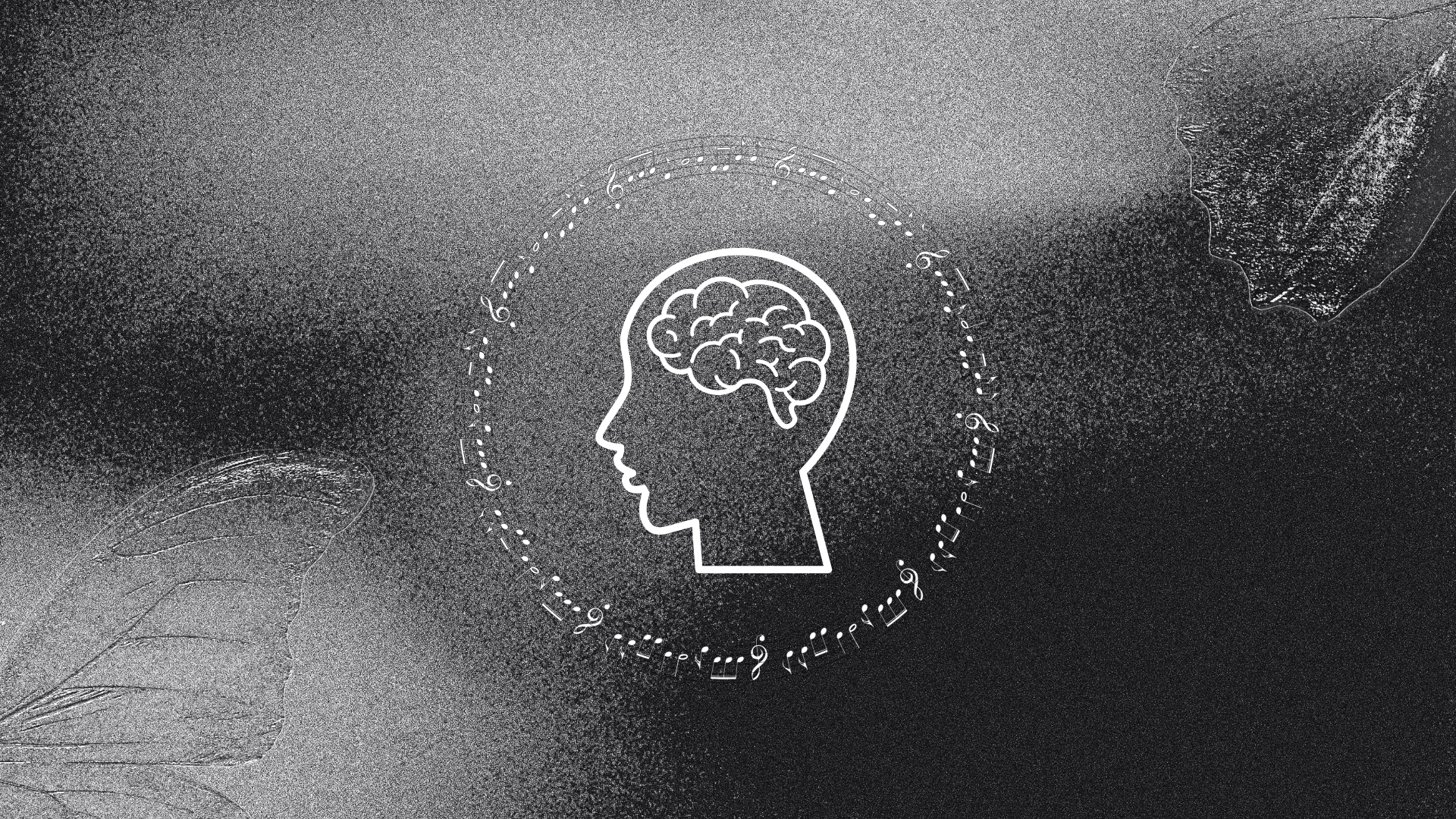So, you wanna discover ways to make IDM beats? However you’re most likely unsure the place to start out.
I don’t blame you. IDM is a really tough style to nail down.
It is because IDM lacks a lot of the codes different genres have. There isn’t any particular BPM it’s worthwhile to use. You should use any synth you need, or use sampling if you happen to desire. There aren’t actually any guidelines. However there are nonetheless some widespread themes. And that’s what we’ll discover on this information!
Collectively, we’ll take a look at:
- What IDM truly is (and what it isn’t 👀)
- What varieties of sounds to make use of in an IDM beat
- How to verify all of your sounds combine collectively
- And extra!
Able to dive in? Let’s go 👇
So… What’s IDM? 🤔
Earlier than we begin making our IDM monitor, let’s study what IDM is.
IDM stands for “Clever Dance Music”.
Originating within the early 90s, the time period IDM was coined after the discharge of the compilation “Synthetic Intelligence”:
IDM is an umbrella time period for music that’s broadly based mostly on experimentation. Opposite to in style genres equivalent to Synthwave or Techno, IDM has no strict BPM.
As a matter of reality, IDM lacks a lot of the codes that different music genres may need.
There are not any guidelines as to how your bass or drums ought to sound. There are not any guidelines relating to which varieties of sound it is best to use. Which means that tracks categorized as “IDM” can sound vastly completely different.
There are nonetheless just a few widespread traits inside IDM music:
- IDM is best fitted to dwelling listening quite than dancing
- Drums are normally manufactured from breakbeats quite than a traditional 4-to-the-floor
- IDM beats typically don’t function vocals
- IDM feels very “natural” because of its use of actual drum samples, devices, and analog synths
- Tracks normally lack a most important hook, preferring to create textures and atmospheres
Genres related to IDM embody trip-hop, electronica, and ambient. Trendy artists which may fall underneath the IDM style embody 4 Tet, Bicep, and Aphex Twin.
As a result of IDM is such a broad-swooping style, I’m going to choose one monitor as our reference. I’ve chosen the next monitor by Aphex Twin:
If that is your first time experimenting with IDM, I might counsel you additionally choose a reference monitor. This can assist information you and slender down a number of the selections it’s important to make 😉
Find out how to Make IDM Beats – Step 1: Setting Up Our Construction 🧱
When experimenting with a brand new style, I discover it useful to instantly lay down a construction.
To do that, I’m going to take direct inspiration from our reference monitor.
First, set your challenge BPM to the identical tempo because the reference monitor. You are able to do this by ear, or use instruments like Tunebat.
Subsequent, lay down some dummy clips. These are empty, color-coded MIDI clips that mark every part of a monitor:

Subsequent, open up a notepad. For every part you recognized, write down the weather which might be current. You don’t must go tremendous in-depth; simply describe the primary sounds you hear:

Be aware: this can be a nice methodology to start out a monitor that works with any style, not simply IDM!
Superior! When you’ve recognized and described every part, you will get to work 💪
Right here, let’s begin with Motif A, which is the primary recurring theme on this tune. And to kick issues off, let’s lay down some drums.
Find out how to Make IDM Beats – Step 2: Laying Down a Beat 🥁
Listening to our reference monitor, right here’s how I might describe the drums:
- Natural. I’ll most likely use actual drum samples.
- Dusty / Noisy. There’s fairly a little bit of reverb and saturation.
- Understated. The drums are positioned within the background quite than upfront. There isn’t any particular person drum component (like a kick or snare) that basically stands out.
So let’s get to work! I’ve explored some pattern packs I have already got to search out sounds which may match. In all these instances, I like to pull a complete vary of one-shots and loops I like. Then, I’ll begin sampling and curating these I’ll maintain:

I discover that that is normally a greater strategy than on the lookout for particular sounds.
Let’s go step-by-step. First, I’m going to create my Kick and Snare sample:
Subsequent, I’ve added some foley percussions on a number of the snare hits:

For my hi-hats, I’m going to make use of a mix of a number of completely different sounds:
And at last, let’s add a journey loop and a noise layer. Altogether, that is what my drum loop seems like now:
Proper now, the weather sound a bit disjointed. So let’s course of our loop a bit extra to “glue” all the things collectively 🙏
Processing our drum loop
First, let’s route all the things to our mixer and arrange just a few bus channels:

I’ve arrange the next bus and parallel channels:
- Drum Bus: that is the place each single drum component is routed
- Drum Comp: a parallel channel for compression
- Drum Room: a parallel channel for reverb
- Percs Bus: a bus channel for my percussion components
- Hats Bus: a bus channel for my completely different hi-hats.
To arrange a bus channel in FL Studio, merely:
- choose the channel you need to route
- right-click on the arrow beneath the bus channel and choose “Path to this monitor solely”
In Ableton Stay:
- Create a brand new bus monitor by urgent CTRL + T
- Beneath the monitor you need to route, choose your bus monitor within the “Audio To” menu.
Should you’re new to parallel processing, be sure that to take a look at our intensive information over right here 😉
First, I’m going to do a little bit of acquire staging to get my ranges proper. Subsequent, every component goes by way of some EQ. That is largely to take away any undesirable low-end info:

For any component that has an excessive amount of dynamic range, I’m additionally going to use some compression.
Processing your bus channels
Subsequent, I’m going so as to add some saturation and compression to my percussion and hat bus. This can glue the completely different sounds collectively.
Lastly, I’ve utilized some heavy compression and tube saturation on my parallel compression channel with CamelCrusher. On my parallel reverb channel, I’ve arrange a reverb at 100% Moist. On my most important drum bus, I used the free plugin Izotope Vinyl so as to add a little bit of dust:
That is what my drum loop seems like now:
We are able to all the time come again and tweak it later. However for now, let’s transfer on 👇
Find out how to Make IDM Beats – Step 3: Writing a Easy Bassline 🎸
Subsequent, let’s write our bassline.
For this, I’m going to load up an analog synth emulation in Reaktor known as Monark:

Right here’s the bassline I wrote:
Listed below are 2 tips I used for this bassline:
- I recorded immediately with my MIDI keyboard. This offers the bass a “human really feel” as a result of the notes should not completely on the grid.
- I’ve added a little bit of glide between notes.
Subsequent, let’s course of our bass just a little bit. I’m going to separate the sub from the mids with FL Studios’ Frequency Splitter. In Ableton Stay, you should use the Audio Effect Rack to attain an identical end result. Proper-click on the empty house to create 3 chains: low, mid, and excessive:

By putting an EQ on every chain, we are able to isolate the frequencies we wish and course of them otherwise.
Right here, my aim is to mono the sub, and widen the mids.
Right here’s what it seems like now:
I’ve additionally added some saturation to thicken up the sound. Everytime you do that, be sure that to comply with up with some EQ too. In any other case, the brand new frequencies you’ve launched will begin clashing collectively.
Find out how to Make IDM Beats – Step 4: Including A Lead 🎵
For our lead, we are able to resolve to both pattern or design our personal lead.
As a result of I’m going for a extra natural kind of IDM right here, let’s do some good outdated sampling 😎
I’ve chosen two instrumental loops that I like and that would match effectively within the monitor:
I’ve chopped up completely different elements I like, pitched, and reversed them to create a model new loop:

Right here’s what it seems like:
It feels a bit disjointed proper now, so let’s add some processing.
So as, I’m going to make use of:
- EQ and Compression to present the completely different chops a unified really feel
- Delay and Reverb to make the loop much less dry
- A bit extra compression and EQ to attach all the things collectively
Right here’s what it seems like with this results chain:
I’ve additionally added a little bit of sidechain compression with the free plugin STFU to present a pumping impact. Right here’s what all of it seems like in context:
Good 😍
Find out how to Make IDM Beats – Step 5: Creating Variation within the Association 🎼
Let’s come again to the association of our reference monitor:

After 4 bars of our most important motif, we enter 2 bars of variation. Right here, the drums are stripped down, and there are some further percussion components.
So let’s take inspiration from that! First, I’m going to repeat the primary 2 bars of our most important motif.
Subsequent, I’m going to take away the kick and some percussion components. I’ve additionally eliminated a lot of the lead melody.
To create extra of a variation, I’ve discovered a percussive charango which I’ve panned 100% left. Right here’s what our loop seems like now with the choice motif:
Let’s create some extra variation by including one other layer of melody. This can act as our motif B as soon as motif A has performed twice.
For this, I’m going to make use of some bells.
I discover that bells work rather well on all these natural tracks. Right here’s just a little melody I’ve give you:
I’ve added some OTT and granular delay with Crystallizer, and right here’s what it seems like in context:

And right here’s what our full association seems like now!
That’s It for This Information on Find out how to Make IDM Beats! 🙏
This wraps up our information on easy methods to make IDM beats! I hope you discovered it helpful and located some inspiration to your personal tracks.
IDM is sort of a fluid style, so it may be arduous to nail down precisely what it “ought to” sound like. Because of this, greater than with some other style, it’s important to belief your ears.
Hopefully, this information gave you some concepts as to what sort of sounds you should use, and easy methods to combine them collectively 😊. Acquired any questions? Something unclear? Be at liberty to drop me a line over at [email protected]





